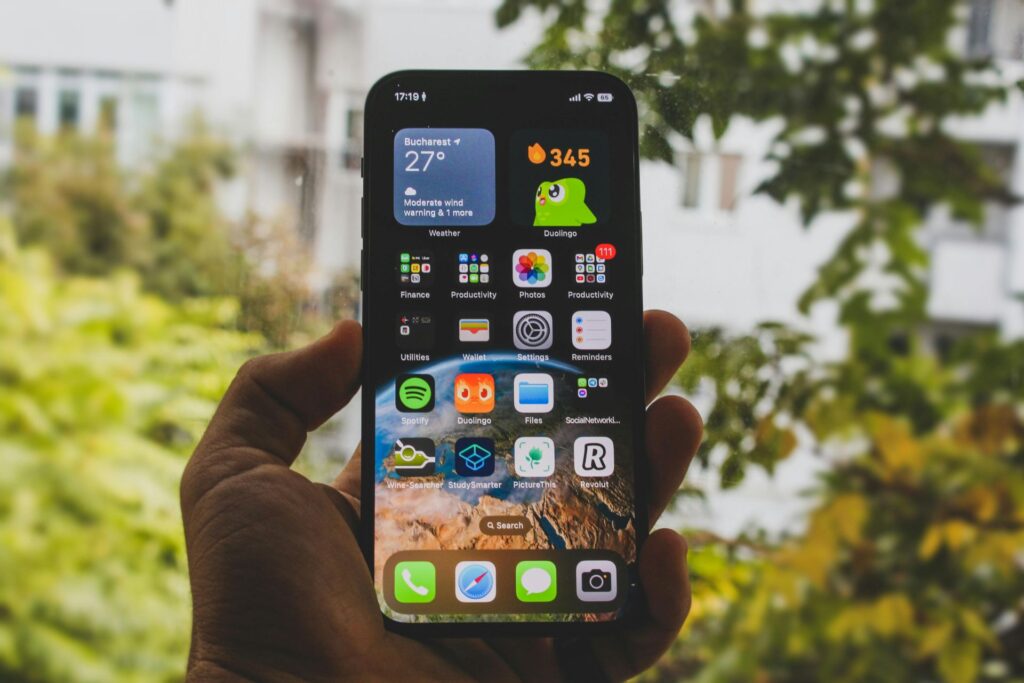
Duolingo’s announcement in April that it’s moving to an “AI-first model” set off more alarm than applause. Many readers assumed the worst—big layoffs and a fully automated workforce. In fact, CEO Luis von Ahn was quick to reassure everyone that headcount won’t shrink and hiring will continue as usual, aside from a small team of contract workers handling routine tasks.
A Communication Hiccup
According to von Ahn, the real problem wasn’t the strategy itself but how it was presented. While most tech firms quietly weave AI into their products, Duolingo chose to spell out its vision for the world to see—and some took that openness as proof employees were on the chopping block. Inside the company, however, the mood is practical: people aren’t worried about losing their jobs so much as curious how AI tools will figure into their performance reviews.
From Routine Tasks to Creative Work
Rather than replacing staff, Duolingo plans to hand off repetitive chores to AI and free employees for more inventive projects. Engineers will spend less time writing boilerplate code and more time guiding AI-driven development. Designers will shift into creative-director roles, crafting Duolingo’s signature style while letting AI handle the bulk of new illustrations. Even adding new languages—a massive, time-intensive effort—should speed up under this approach.
Shaping the Future of Language Learning
Duolingo’s experience shows that technology alone doesn’t spark innovation—people do. Embracing AI means experimenting, listening to feedback and communicating clearly at every turn. If it succeeds, Duolingo won’t just keep pace with rapid advances in AI; it will help redefine how we learn languages and how work evolves over the next decade.
